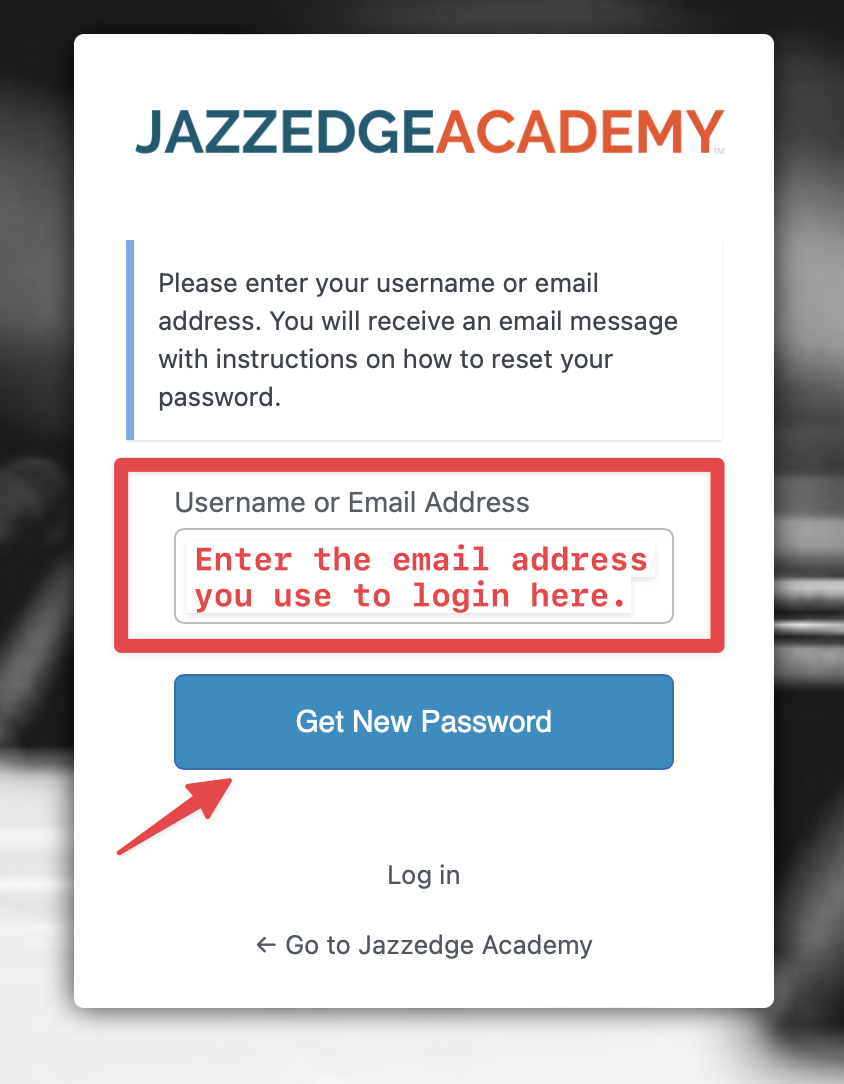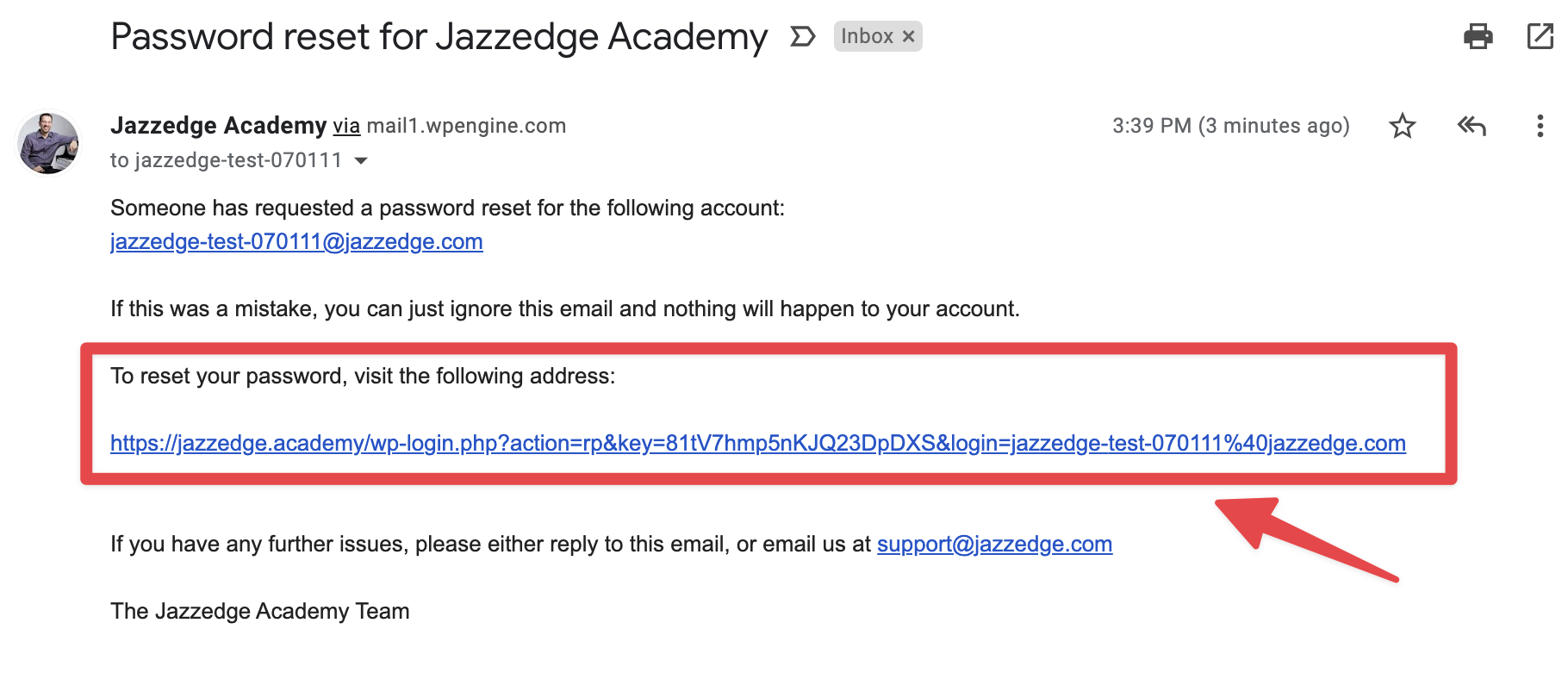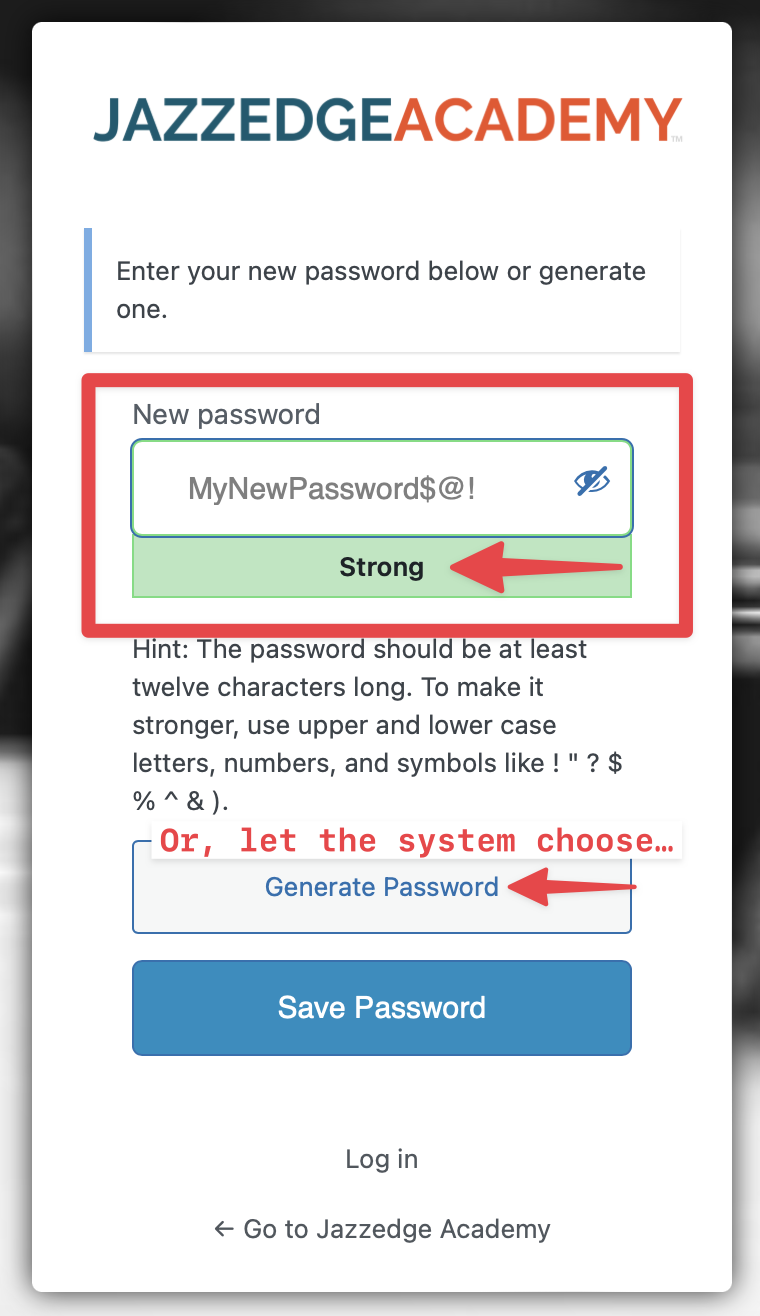Minute by Minute is the eighth studio album by American rock band The Doobie Brothers, released on December 1, 1978 with Michael McDonald at the keys and vocals. Learn this song step-by-step and master this 12-8 rhythm!
In part 2 of this lesson, you will learn to play the second half of Billy Joel’s She’s got a way. You will be shown how to construct the chords and vary them along with harmonizing ideas for the melody.
In part 1 of this lesson, you’ll learn how to play Billy Joel’s “She’s Got a Way.” You will be shown how to construct the chords and vary them along with harmonizing ideas for the melody.
In this lesson you’ll learn how to play Sir Elton John’s “Your Song.” However, we will also use this as an opportunity to learn a step-by-step process by which you can approach creating arrangements for other rock songs.
In this lesson we will break down Billy Joel’s song Piano Man. I will teach you each section and how to accompany yourself or someone singing. We will also work on improvisation, scales for improvisation, Billy’s licks and a solo that I wrote out for you to learn.
In this part 1, we will cover the form, chords and bassline of the song. We will cover a bit of improvisation, but the bulk of improvisation will be covered in part 2. This is being classified as a "beginner" level lesson. You should know some basic triads and know your way around the keyboard before doing this lesson.
In this lesson I will show you how to play the sections of the song and also teach you some Hornsby licks for improvisation. We will also discuss how to make this song your own by creating your own interpretation through different pentatonic lines.
In this lesson we are working on shells along with a longer chord progression and utilizing chord tones for improvisation.
In this lesson we are working on chord tones along with tips to make the exercises more fun to play!
In this lesson we are adding shells in our left hand.
In this lesson we are expanding our progression and adding new chords.
In this lesson we will work through a new progression and move to Major tonality.
These practice guides will help you organize your practice of Rhythm, Scales and Accompaniments more effectively.
In this lesson we will expand our bassline by adding chromaticism.
In this lesson we will expand our bassline to all quarter notes and add triplets to our rhythms.
In this lesson we will cover the 4-note minor pentatonic scale and a new accompaniment.
In exercise #2 we learn the 5-finger blues scale and a new rhythm.
In this first The Confident Improviser lesson we will learn a simple minor bassline with improvisation.
Learn more about how The Confident Improviser program works, its benefits, structure and goals.
This is a "summary" DVD of the first 3 DVDs making it easy to see how the lessons work together. This is also a 'quick-start' for advanced players. The music for DVD504 is found on DVD501-503.
You'll learn the New Orleans, Gene Harris and Fat's Domino grooves on this DVD. I'll also teach you the Boogie in octaves plus a bunch of licks, turnarounds and endings! Sheet music is included along with DVD502
This DVD picks up where DVD501 left off and teaches you more advanced Blues techniques. You'll learn the "common" shuffle and Jimmy Yancey grooves. I'll also explain the triplet feel and how it is written.
This is the place to start if you want to learn the basics of Blues & Boogie piano playing. I'll teach you the "basic" shuffle groove and show you some licks to play over it. You'll also learn about sliding and crushing notes. Neighbor chords and suspensions.
In this last lesson of this course you will be learning another original piece, "Chicken Pox Blues" which we will use to learn more about the blues and improvisation.
In this lesson you'll learn a bunch of licks that you can use to solo over the bassline and progression we learned in the previous lesson.
The blues is an extremely important form to learn. In this lesson I'll show you the entire blues in C along with a great bassline.
Learn how to vocalize rhythms to make your rhythmic playing stronger. Using my song "Do'h Blues" you'll also learn how to create 7th chords, chord shells and how to create basslines from shells.
In this lesson you'll learn a really cool minor chord progression and how to play it with two-handed chord voicings and an easy bassline.
In this lesson you'll learn my popular song, Kimmy's So Cool. You'll learn the song along with improvisation and I'll show you exactly what you need to practice. This is an important song for Beginning Improvisation!
In this lesson you'll learn how to comp chords and improvise over a simple minor-key bassline. We will discuss how to create longer phrases and add rests to your improvisation.
In this first lesson we will be covering the basics of improvisation like rhythm, fingering, relaxing, phrasing and more. I'll also show you how to get started improvising in 6 steps.
Learn important practice concepts to get the most out of your improvisation.
This lesson will show you how to create and weave your own solo using chord tones and enclosures. We will use the song “It Could Happen To You” to create our solo.
Using different scales like pentatonic, modes, blues and other scales, the techniques in this lesson will show you how to elongate your improvisation lines to create a more interesting solo.
Learn Dorian and Phrygian modal improvisation in this lesson. You’ll also learn how to improvise over a latin tumbao bass pattern. I will also show you how NOT to use your modes and a better way of thinking about and practicing modes.
When it comes to playing the piano, you can play…Right Hand Alone, Left Hand Alone, or Hands Together. Don’t think of your hands being independent, think instead of the cooperation between them! Having an understanding of your chordal options, for the style you are working with, will help guide you in your rhythmic choices and how your hands cooperate with one another.
In this improvisation lesson, we will be covering different approaches to improvisation like chord-tone improvisation and chord-to-scale relationships. I’ll also show you how to create scale “cells” to enhance your improvisation lines. Other Chapters in this Piano Lesson: 7 Days of Improvisation – Day 2 Requirements: 1. knowledge of triads 2. knowledge of seventh chords 3. must be able to create and spell notes of chords 4. must know how to create chord shells (R3, R7)
We will be going over the 5 elements needed to effectively improvise.
10 examples in a variety of styles to help you learn your chords, comping, styles and rhythms in the key of G
10 examples in a variety of styles to help you learn your chords, comping, styles and rhythms in the key of F
10 examples in a variety of styles to help you learn your chords, comping, styles and rhythms in the key of D
10 examples in a variety of styles to help you learn your chords, comping, styles and rhythms in the key of Bb
10 examples in a variety of styles to help you learn your chords, comping, styles and rhythms in the key of A
10 examples in a variety of styles to help you learn your chords, comping, styles and rhythms in the key of C.
Some tips on how to use Chord Essentials.
A quick lesson on how to create a walking bassline.
In part 2 of Blues, Basslines, Re-harm, Chords & Comping, we will cover 3 new blues variations. These new variations allow you to create numerous blues progressions of your own! These new variations will include tritone substitutions and other re-harmonization techniques. I will also cover the bassline fingering in detail.
In part 1, I am going to cover some of the most common requests that I have gotten from students. We will learn more about creating a walking bassline, how to form rootless chords and comp chords over that bassline. This approach makes it easier to learn many concepts over a form that you'll use again and again. In addition, you'll learn a new harmonization for the blues!
In this lesson you'll learn different variations you can use in your left hand, how to create your own licks and riffs and different intros and endings.
If you've never played boogie-woogie before, this is a great place to start! We will break down all of the licks and riffs and you'll learn how to play them over a boogie bassline,



